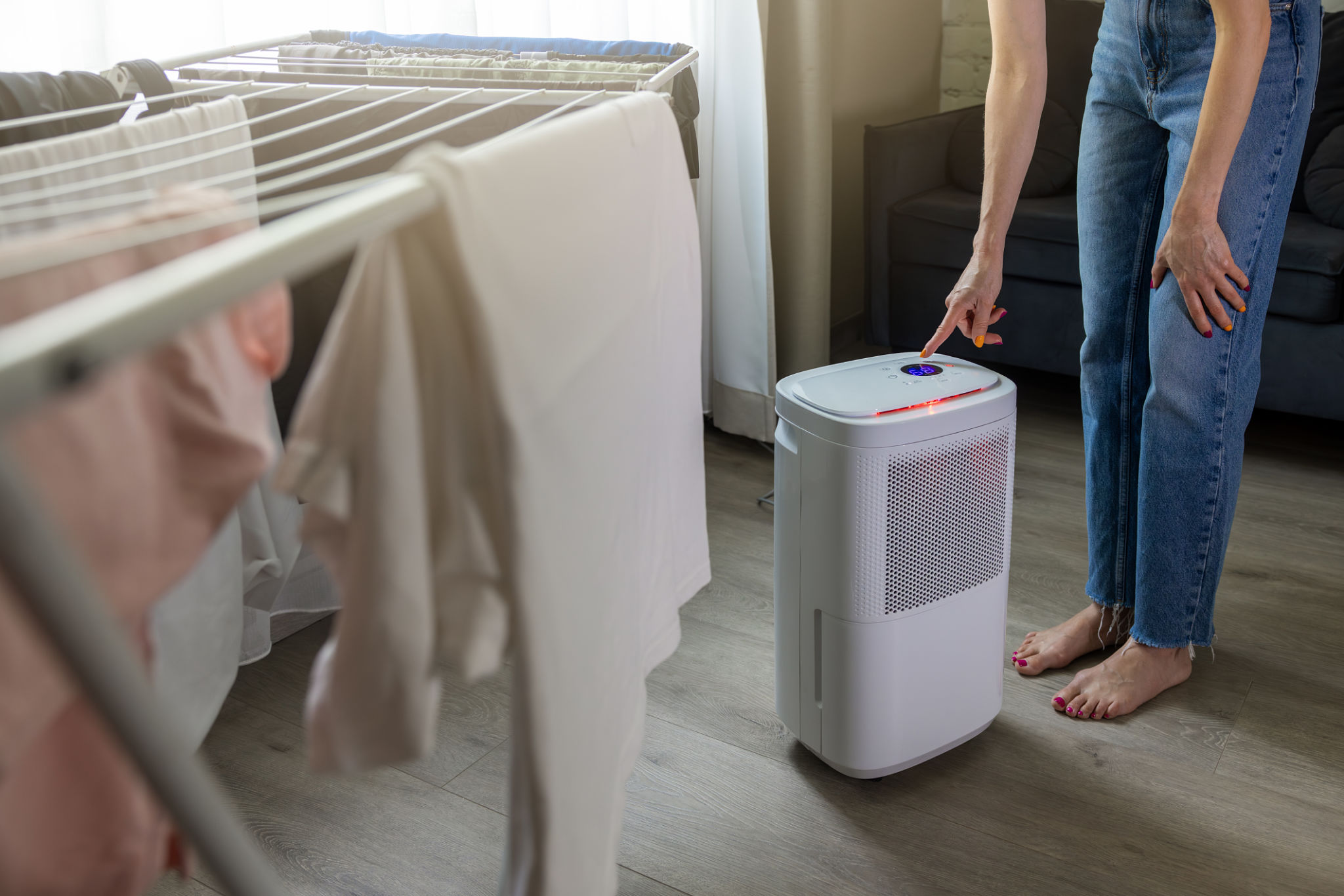Expert Tips: Maintaining Your Interior Fixtures in Humid Climates
Understanding the Challenges of Humid Climates
Living in a humid climate presents unique challenges, particularly when it comes to maintaining your interior fixtures. Moisture in the air can lead to a host of problems, from mold growth to wood warping. Understanding these challenges is the first step in protecting your home and ensuring that your fixtures remain in top condition.

The Impact of Humidity on Different Materials
Humidity affects materials differently. Wood, for instance, can absorb moisture, causing it to expand, warp, or even rot over time. Metals may corrode or rust, while fabrics can absorb moisture, leading to mildew and unpleasant odors. Knowing how each material reacts to humidity can help you take proactive measures to protect your home.
Effective Strategies for Prevention
Preventing damage to your interior fixtures in humid climates requires a proactive approach. Here are some effective strategies:
- Use Dehumidifiers: A dehumidifier can significantly reduce indoor humidity levels, helping to prevent moisture-related damage.
- Ensure Proper Ventilation: Adequate ventilation in bathrooms, kitchens, and laundry areas can help dissipate moisture and prevent buildup.
- Regular Maintenance: Consistent cleaning and inspection of fixtures can identify potential issues before they become significant problems.

Choosing the Right Materials
When selecting fixtures for a home in a humid climate, consider materials that are more resistant to moisture. For example, stainless steel and aluminum are great choices for metal fixtures due to their resistance to rust and corrosion. Engineered wood or composite materials can be better options compared to solid wood, as they are less prone to warping.
Protective Measures for Wood Fixtures
Wood fixtures are particularly susceptible to damage in humid climates. To protect them, consider applying a protective finish such as varnish or sealant. These finishes create a barrier against moisture, preserving the wood's integrity. Regularly check for signs of moisture damage and address them promptly to prevent further deterioration.

Maintaining Metal Fixtures
Metal fixtures require special attention to prevent rust and corrosion. Regularly clean metal surfaces with a mild detergent and dry them thoroughly. Applying a coat of protective wax or oil can also help shield metal fixtures from moisture. If rust does appear, use a rust remover or sandpaper to address the issue before it spreads.
Caring for Fabrics and Upholstery
Fabrics and upholstery in humid climates can easily develop mildew and mold. To prevent this, ensure good airflow around fabric-covered items and use moisture-absorbing products like silica gel packs. Regular vacuuming and professional cleaning can also help maintain the freshness of your fabrics.
